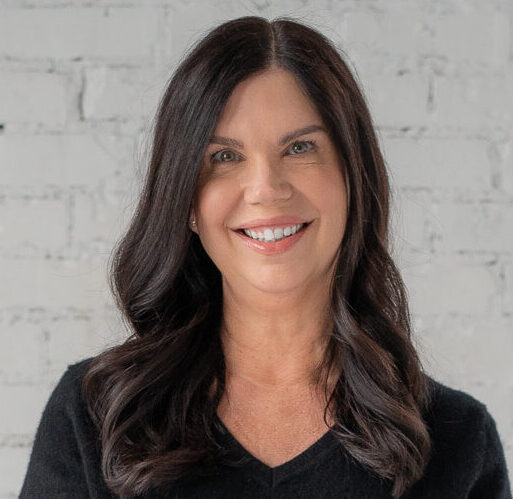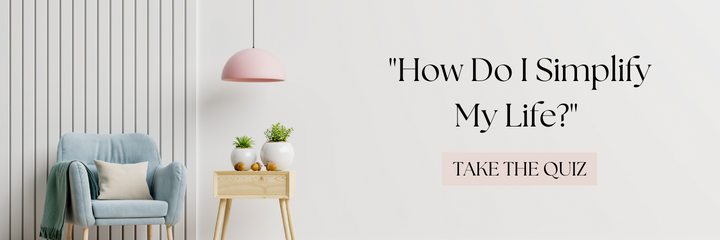I’ve been letting go slowly and consistently for more than a decade.
I started with food, letting go of animal protein and milk to reduce stress and inflammation in my body. Then focused on stuff and clutter, letting go of about 50% of our stuff, and then came the debt and all of my beliefs around money. I let go of thinking that owning more was the answer. I let go of thinking that I would always have student loan debt, credit card debt, and a car loan.
All of that letting go set the stage for a happier, healthier life and more letting go.
We don’t miss any of things we let go of, and we are happier and healthier than we were when we had much more of everything.
Letting go isn’t the problem
The more I hear about struggles around letting go, the more I think letting go is not the problem. The problem is thinking about letting go.
When we think about letting go our minds go crazy. We think …
- I might need that someday.
- My children might want that.
- It’s a waste of money to let go.
- What will people think?
- I should save it just in case.
- It’s too late for change.
We convince ourselves that letting go is too hard.
What if we changed our focus and started thinking about what’s on the other side of letting go?
On the other side of letting go is …
- time
- space
- freedom
- peace
- possibility
- ease
- health
- happiness
Don’t those things sound better than holding on? If you struggle with letting go, ask yourself if letting go is really the issue, or if the issue is your thoughts about letting go, thoughts that might not be true.
Then try these 3 essential steps for letting go.
1. Change your mind.
Before you can let go of your stuff, you’ll need to let go of why you think holding on is a better option. Challenge your beliefs by writing them down. Identify 3 things you are holding on to, and answer the following questions on paper:
- Why is it important for me to keep this?
- What is the worst thing that will happen if I let go?
- Is it making me happy to hold on?
- What’s on the other side of letting go?
2. Be curious.
How do you really want to spend your time? What if you got rid of so much stuff that you could live in a smaller space, spend less on living expenses, and free up time taking care of a bigger home?
If you had the freedom to work less, or work more doing something you really cared about, how would that impact your health and relationships?
What if instead of working so hard to make ends meet, you could simply have fewer ends?
Be curious and don’t be afraid to ask the questions that start with, “Wouldn’t it be crazy if …”
3. Build strength.
Start with the easy stuff, and go slowly. Build your letting go muscles by donating clothes that don’t fit, kitchen appliances you don’t use, and stuff you’ve collected for sports or hobbies that don’t interest you anymore. Noticing the benefits of letting go of those easier things will strengthen your muscles to let go of something more challenging.
If after a few weeks, you notice you feel a little lighter, and are enjoying more space, or that you don’t miss the items you gave up, let go again.
Give these three steps a try, and see for yourself if letting go is as hard as you think. Don’t be surprised if you find out that letting go is much more rewarding than holding on.


